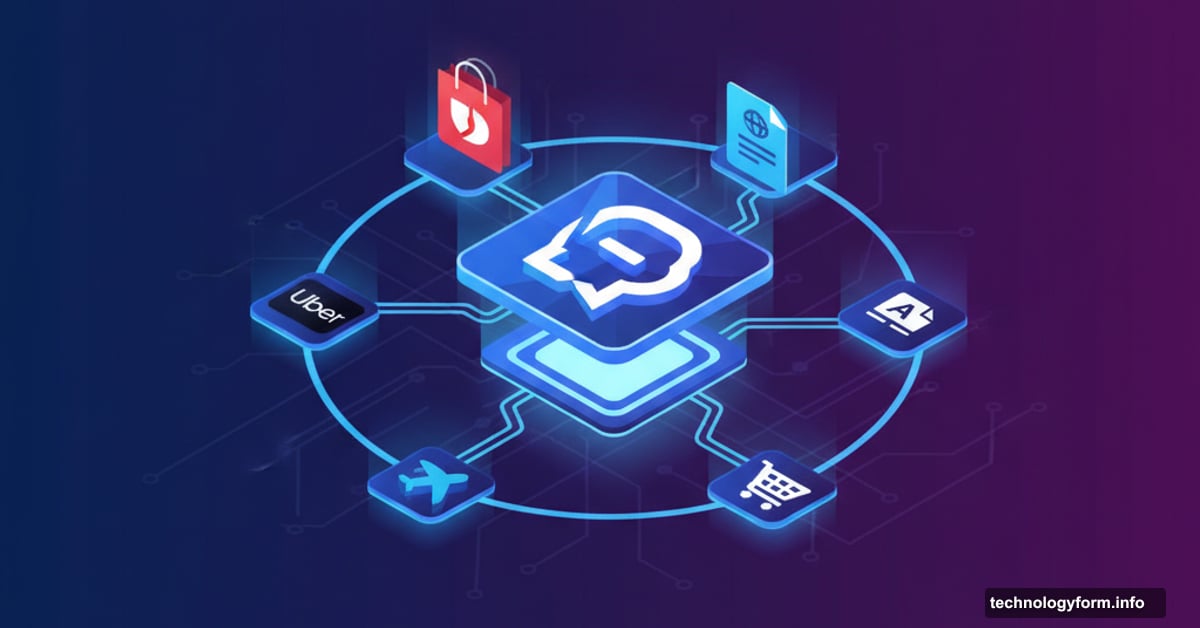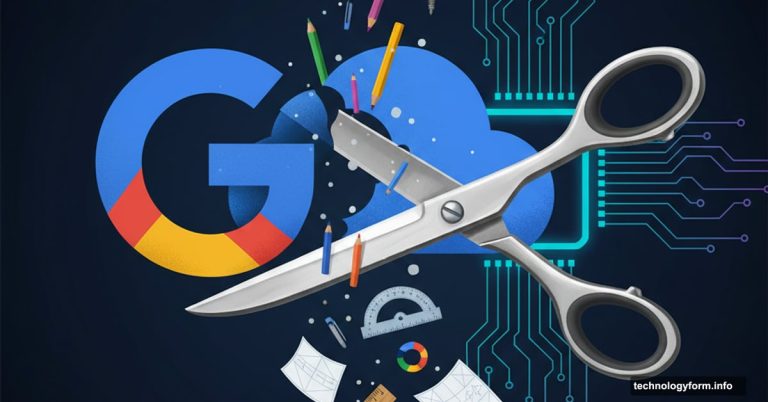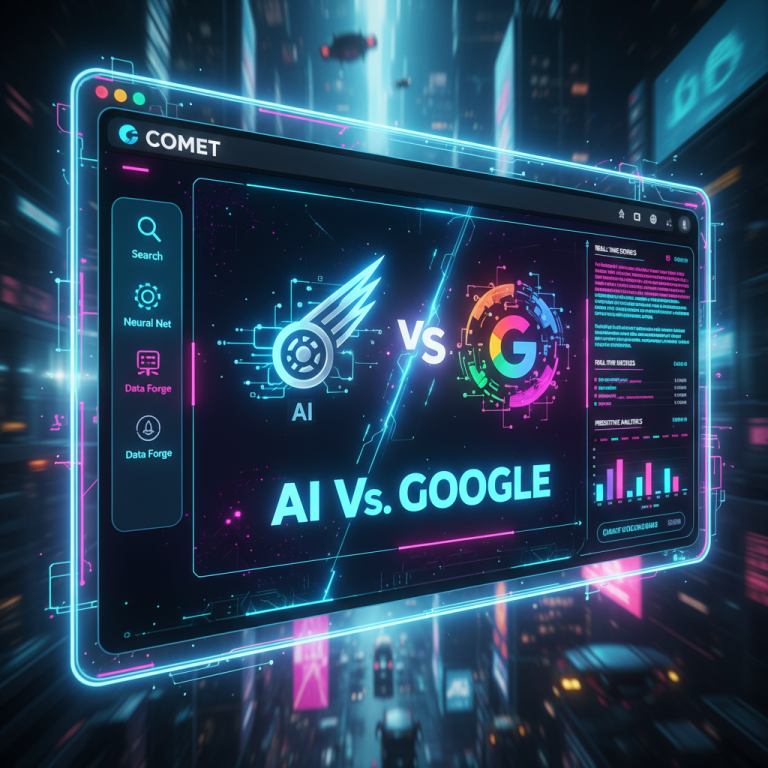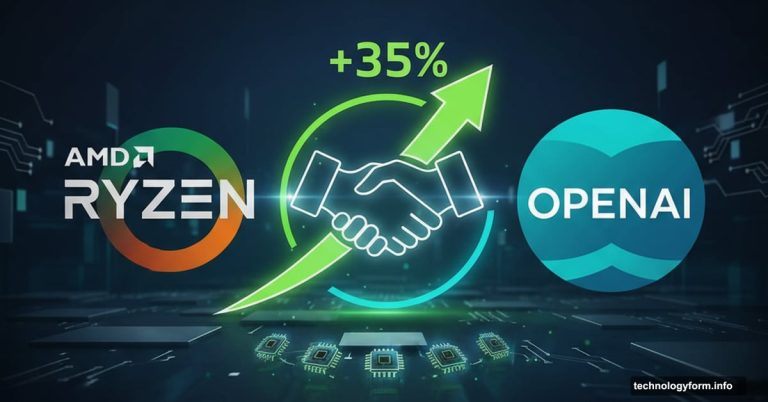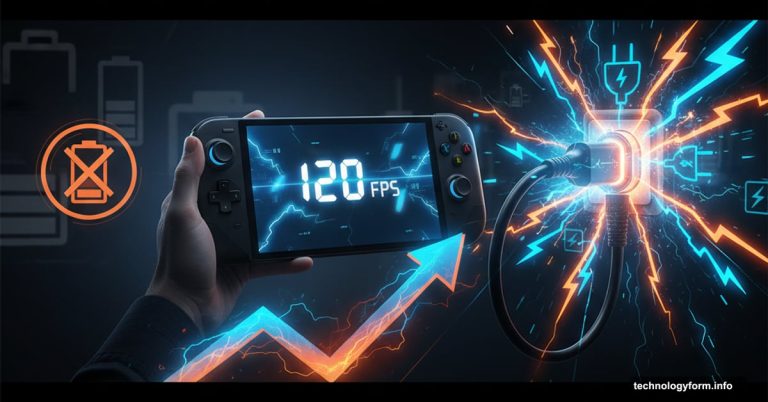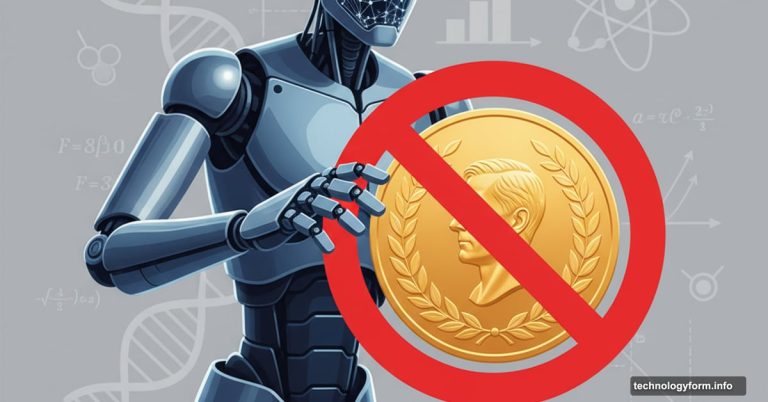ChatGPT Wants to Become Your Operating System. Here’s OpenAI’s Plan
OpenAI isn’t content with ChatGPT being just another chatbot. The company wants to transform it into something much bigger: a full-fledged operating system packed with third-party apps.
Nick Turley, head of ChatGPT, laid out this vision during OpenAI’s recent developer conference. His goal? Turn ChatGPT into the platform where you do everything—write documents, order food, book travel, learn new skills. All without leaving the chat interface.
It’s an ambitious swing. But with 800 million weekly active users already, OpenAI has the audience to pull it off.
The Browser Playbook OpenAI Is Following
Turley draws inspiration from an unlikely source: web browsers.
Over the past decade, browsers evolved into pseudo-operating systems. Most people now work entirely in Chrome or Safari through web apps. Desktop applications became relics. So browsers became the primary computing environment without technically being an OS like Windows or macOS.
OpenAI sees a similar path for ChatGPT. Instead of opening separate apps, you’d just ask ChatGPT to handle tasks through integrated third-party services. Need to order dinner? DoorDash and Uber Eats apps live right inside your conversation. Want to book a flight? Expedia handles it without switching windows.
Plus, OpenAI is reportedly building its own browser too. Turley wouldn’t confirm details, but he called browsers “really interesting.” The company is also partnering with Jony Ive and former Apple designers on consumer hardware devices.
These pieces fit together. A ChatGPT operating system could become the core of OpenAI’s entire consumer ecosystem.
Why Previous App Store Attempts Flopped
OpenAI tried this before and failed.
In 2023, the company launched ChatGPT plugins and the GPT Store. Both fizzled. Developers built integrations, but users rarely discovered or used them. The products felt tacked on rather than essential.
This time looks different. Instead of a separate store filled with widgets, apps now live inside ChatGPT’s main experience. Developers can reach those 800 million users during everyday conversations. Their apps appear contextually when relevant, not buried in a marketplace.
OpenAI also made apps more interactive. Previously, third parties could only build simple chatbots connected to their company data. Now they can create richer experiences with custom interfaces and functionality.
The timing aligns with OpenAI’s push into e-commerce. Apps from Expedia, DoorDash, and Uber could drive transactions directly in ChatGPT. OpenAI can facilitate payments and capture revenue from each transaction. Having your product featured in ChatGPT could mean serious business for both developers and OpenAI.
The Messy Problems of Running a Platform
Operating systems create complex challenges. And OpenAI is walking straight into them.
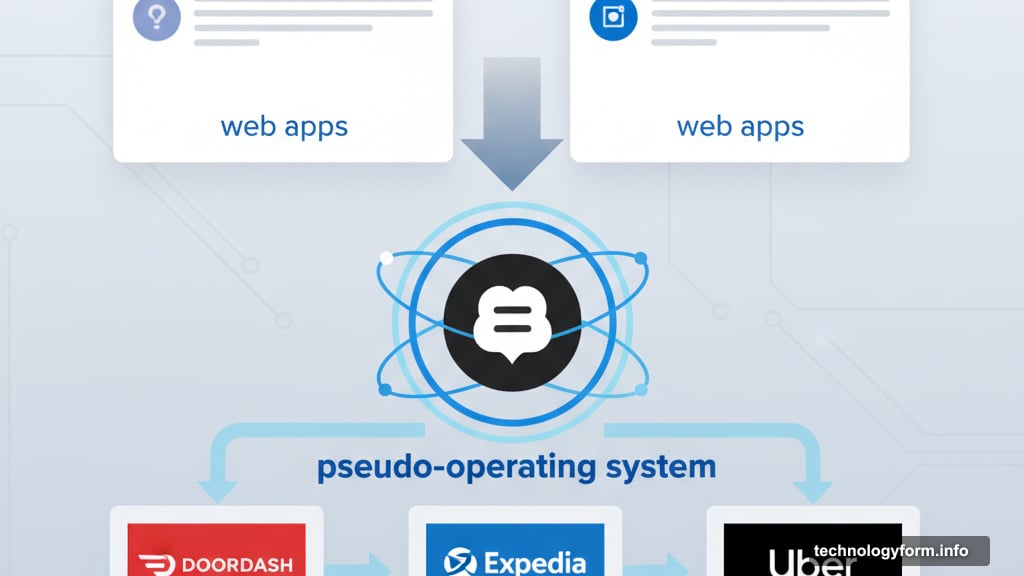
Take app promotion. If both DoorDash and Instacart offer food delivery in ChatGPT, which one appears first? Turley says OpenAI will initially show both options. If you’ve used one before, that app gets priority. If you’ve used both, ChatGPT asks which you prefer.
But what happens when companies want to pay for better placement? Turley admits OpenAI is figuring this out. The company hasn’t ruled out paid priority positioning, but worries about hurting user experience. Show irrelevant apps for money, and users leave. Prioritize apps that genuinely invest in quality, and it might work.
Then there’s user data. Developers want access to ChatGPT’s treasure trove of conversation history and user preferences. OpenAI published guidelines requiring apps to “gather only the minimum data required to perform the tool’s function.” Yet that phrase means everything and nothing.
Turley acknowledges OpenAI needs better controls. The company is exploring partitioned memory in ChatGPT. You could keep health conversations separate from music chats, then share one category with developers but not the other. Plus, OpenAI plans granular permission controls similar to what Apple offers—share data once, always, or never.
Still, transparency remains the “uncompromisable” principle, according to Turley. Users should always know what data flows to third parties. The controls will evolve over time.
ChatGPT as AGI’s Delivery Vehicle
Turley made a striking claim about ChatGPT’s purpose.
He sees the product as the “delivery vehicle” for OpenAI’s nonprofit mission: developing artificial general intelligence that benefits humanity. Not just a funding source for AGI research. Not merely a product that happens to make money. Rather, ChatGPT is how OpenAI will distribute AGI to the masses.
Some OpenAI researchers worry the consumer business could overshadow the nonprofit mission. But Turley flips that concern. Those 800 million weekly users already benefit from increasingly capable AI. A self-taught coder at age 89. Parents helping autistic children model social interactions. People learning new languages entirely through conversations.
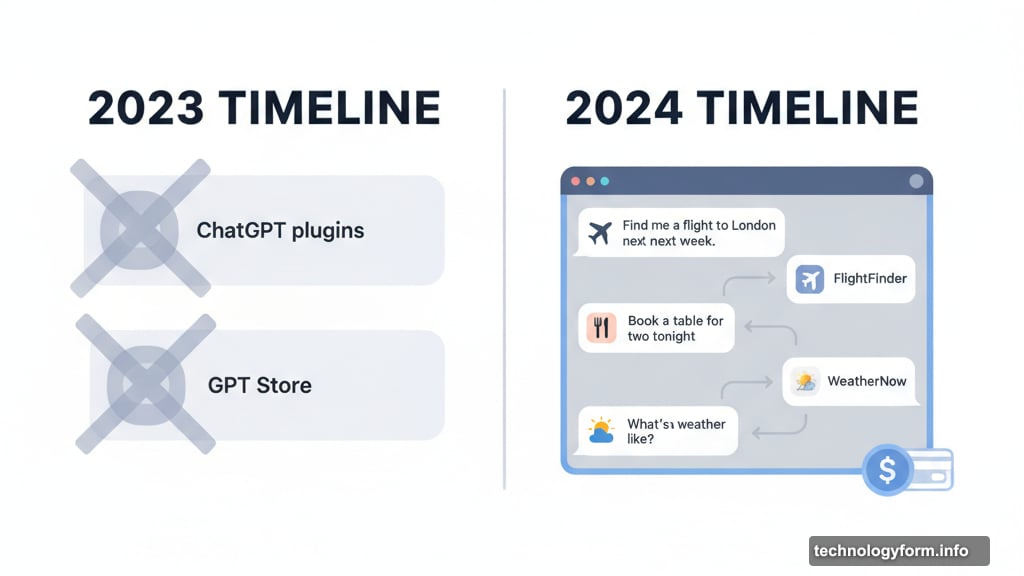
That’s the mission in action, according to Turley. And as ChatGPT evolves into an operating system with more capabilities and apps, it becomes an even more powerful delivery mechanism for advanced AI systems.
It’s quite the spin. Whether you buy it depends on how you view OpenAI’s transformation from research lab to tech giant.
The Command Line Era Is Ending
Turley believes we’ll look back at today’s ChatGPT as primitive. He calls it the “command line era”—powerful but lacking affordances that make software approachable.
Think about early computers. You typed cryptic commands into a black screen. Then graphical interfaces arrived with windows, icons, and mouse clicks. Computing became accessible to millions who’d never touch a command line.
ChatGPT is still in that early phase. You type requests into a text box. Sometimes it works brilliantly. Sometimes you rephrase the same question five ways before getting useful results. There’s no visual structure, no consistent interface patterns, no app ecosystem.
Over the next few years, OpenAI wants to fix that. Apps provide structure and affordances. Instead of guessing how to phrase requests, you click the travel app or the coding app. Instead of ChatGPT hallucinating restaurant menus, DoorDash’s actual interface appears.
It’s a massive shift. And if OpenAI pulls it off, ChatGPT stops being a chatbot and starts being the place you do everything on your computer.
Whether that future arrives depends on developers embracing the platform and users trusting OpenAI with even more of their digital lives. Both remain open questions. But with 800 million weekly users already, OpenAI has a hell of a head start.
